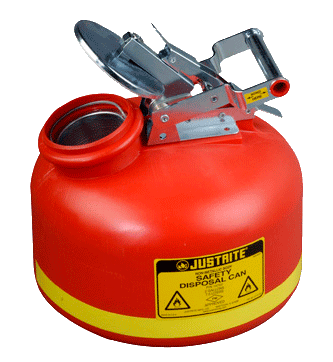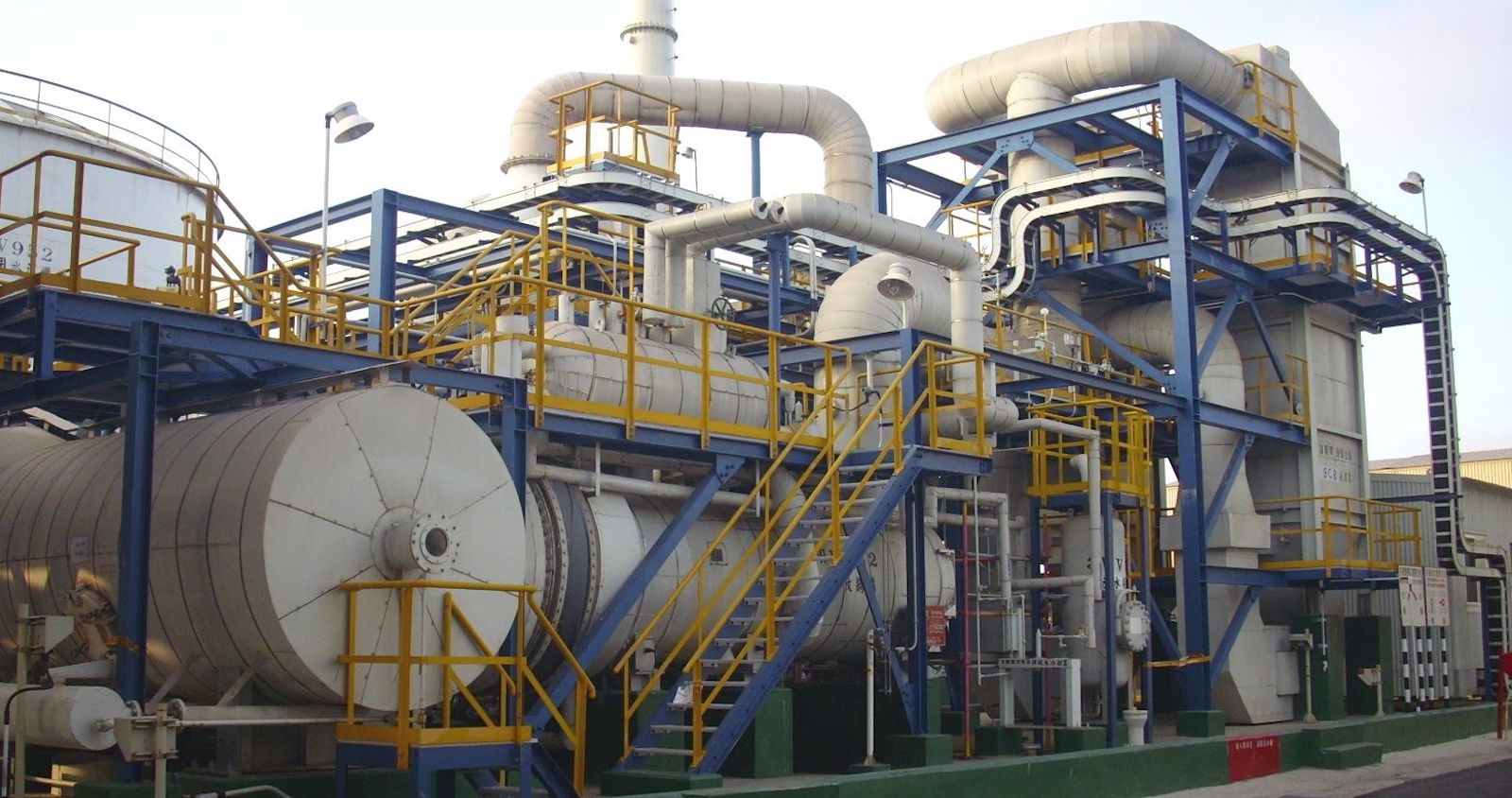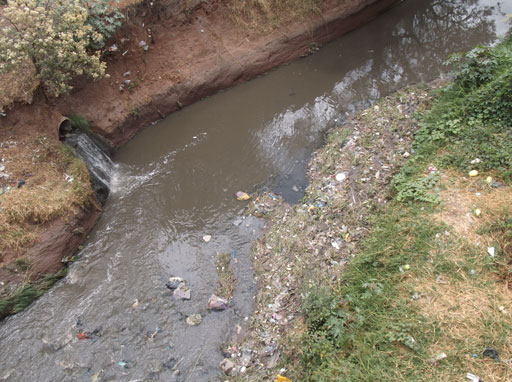How Liquid Waste Disposal Functions: A Thorough Review of Strategies and Technologies Used

Introduction of Fluid Waste Kind
The complexity of liquid waste types necessitates a complete understanding of their features and effects for disposal. Fluid waste can broadly be classified right into a number of types, including commercial, local, agricultural, and dangerous waste. Each classification exhibits unique homes, requiring specific monitoring approaches to minimize ecological and wellness threats.
Industrial fluid waste stems from producing processes and typically consists of a series of contaminants, such as hefty steels, solvents, and natural substances. Community liquid waste, largely making up wastewater from households and industrial establishments, has natural issue, nutrients, and microorganisms (industrial wastewater treatment). Agricultural fluid waste, consisting of drainage from ranches, may include fertilizers, chemicals, and animal waste, posing dangers to water top quality and ecological communities
Hazardous liquid waste is identified by its toxicity, sensitivity, or potential to trigger injury. Understanding these diverse liquid waste kinds is crucial for establishing reliable disposal approaches and making certain compliance with ecological laws.
Physical Therapy Methods

Screening is the initial step, where larger fragments and particles are gotten rid of from the fluid waste making use of displays or grates. This procedure secures downstream devices from damage and makes sure smoother procedure. Adhering to testing, sedimentation uses gravitational force to separate solids from fluids. In sedimentation containers, larger bits work out at the bottom, creating a sludge layer, while the made clear fluid can be more dealt with.
Filtering is another important approach that includes passing the liquid through permeable materials, such as sand or membrane layers, to record smaller bits. This action improves the top quality of the fluid, making it ideal for subsequent treatment processes.

Chemical Therapy Techniques
Chemical therapy techniques are vital for efficiently taking care of liquid waste, specifically in attending to liquified and colloidal pollutants that physical techniques may not effectively remove. These methods utilize different chemical agents to reduce the effects of, speed up, or transform harmful materials into much less unsafe types.
One usual method is coagulation and flocculation, where chemicals such as alum or ferric chloride are included in advertise the aggregation of suspended fragments. This process improves sedimentation, permitting easier elimination of the resulting sludge. Furthermore, oxidation procedures, using agents like chlorine or ozone, are employed to break down complicated natural substances and pathogens, rendering the waste much safer for discharge or more therapy.
Neutralization is one more critical technique, which adjusts the pH of acidic or alkaline waste streams to neutral levels, stopping possible injury to downstream systems and the environment. Additionally, progressed oxidation procedures (AOPs) make use of mixes of oxidants and ultraviolet light to degrade relentless toxins, attaining a greater degree of therapy performance.
Organic Treatment Procedures
Biological treatment processes play a critical duty in the monitoring of fluid waste by making use of microbes to decay natural issue and minimize contaminant levels. These processes can be broadly classified right into cardio and anaerobic treatments, each employing particular microbial communities to achieve effective waste destruction.
Cardio treatment involves the usage of oxygen to facilitate the breakdown of natural materials by bacteria. This process is commonly implemented in turned on sludge systems, where oygenation storage tanks offer a conducive setting for microbial development, causing the oxidation of natural contaminants. The resultant biomass can be divided from dealt with effluent through sedimentation.
In comparison, anaerobic treatment happens in the absence of oxygen, depending on different bacteria to damage down organic matter. This method is specifically helpful for high-strength waste, as it generates biogas, an eco-friendly power source, while lowering sludge manufacturing. Technologies such as anaerobic digesters are often employed in local and industrial applications.
Both aerobic and anaerobic biological therapies not only decrease the environmental effect of liquid waste yet also promote resource healing, making them vital elements of lasting waste management approaches. Their adaptability, effectiveness, and performance sustain their prevalent application across different industries.
Emerging Technologies in Disposal
Innovative approaches to fluid garbage disposal are rapidly progressing, driven by innovations in modern technology and an enhancing focus on sustainability. Amongst these emerging technologies, membrane layer bioreactors (MBRs) have gotten grip for their capacity to incorporate biological treatment with membrane filtering, leading to high-quality effluent that can be recycled in various applications. MBRs enable smaller footprints and much more effective operations compared to conventional systems.
One more appealing advancement is making use of anaerobic digestion integrated with nutrient recovery technologies, which not just treats fluid waste yet additionally generates biogas and recovers important nutrients like nitrogen and phosphorus. This redirected here dual benefit enhances source effectiveness and minimizes environmental impact.
Additionally, progressed oxidation procedures (AOPs) are being embraced for the destruction of intricate natural pollutants. These approaches utilize effective oxidants and catalysts to break down impurities at the molecular degree, using a highly effective solution you can try this out for difficult waste streams.
Additionally, the integration of expert system and artificial intelligence in waste monitoring systems is maximizing functional efficiency and anticipating maintenance, leading to lowered costs and boosted environmental conformity. These innovations reflect a substantial change in the direction of more lasting and efficient liquid garbage disposal methods.
Final Thought
In conclusion, reliable liquid garbage disposal necessitates a comprehensive understanding of various strategies and technologies. The assimilation of physical, chemical, and biological therapy methods makes certain the efficient administration of varied waste kinds. In addition, the appearance of cutting-edge modern technologies boosts treatment efficiency and promotes sustainability in waste administration methods. By continually advancing these methods, it becomes feasible to address the growing difficulties associated with liquid waste, eventually adding to environmental security and source healing.
Liquid waste disposal is an essential aspect of environmental administration, calling for a thorough understanding of various techniques and technologies tailored to different waste types. Liquid waste can extensively be categorized into several types, including industrial, community, agricultural, and dangerous waste. Agricultural fluid waste, consisting of overflow from ranches, might consist of plant foods, pesticides, and animal waste, positioning dangers to water high quality and environments.
Different physical treatment techniques play an important duty in handling liquid waste her explanation successfully - industrial wastewater treatment.In final thought, reliable liquid waste disposal necessitates a comprehensive understanding of numerous strategies and technologies